Lijiang, nestled in northwest Yunnan Province, is famed for its UNESCO-listed Old Town, dramatic Jade Dragon Snow Mountain, and rich Naxi culture. Whether you’re wandering cobblestone lanes, listening to ancient folk music, or gazing at alpine peaks, Lijiang invites travelers to slow down and savor its blend of history and nature. From canals lined with willow trees to the starry nights over Lugu Lake, this highland city offers experiences unlike anywhere else in China.
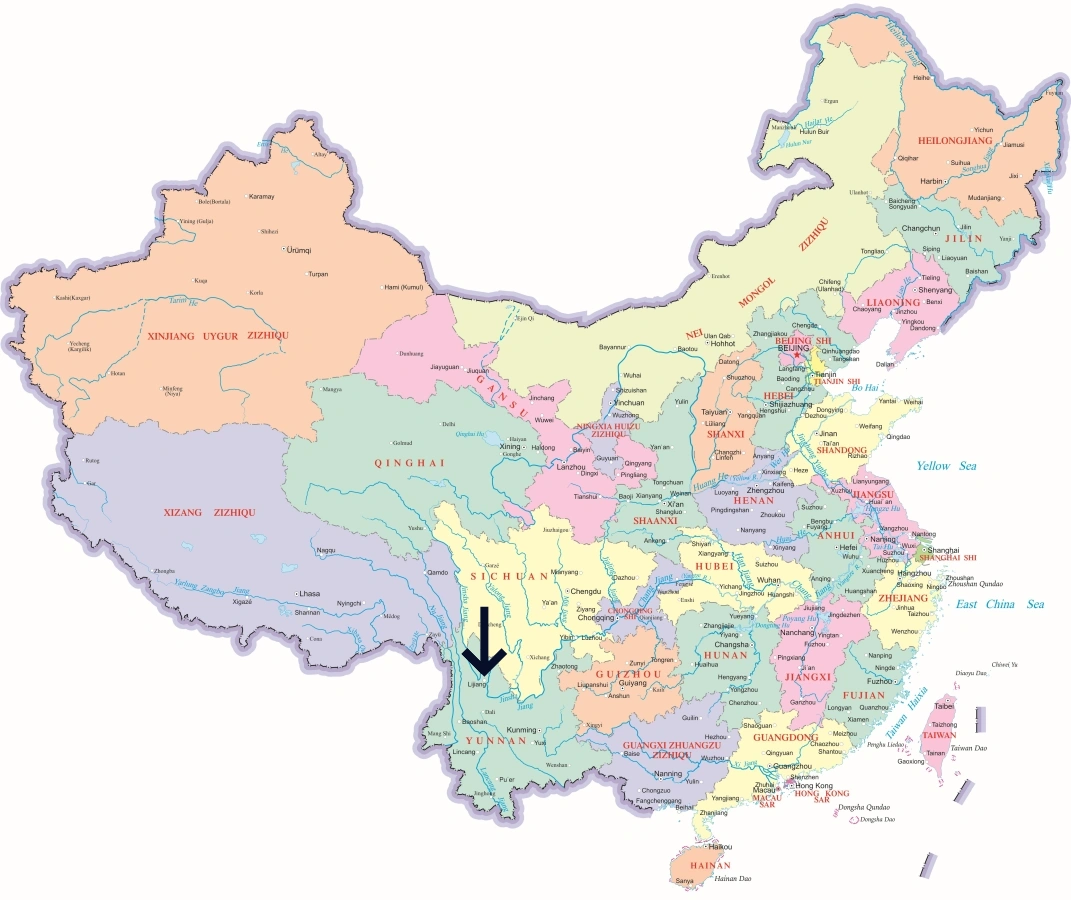
Lijiang’s highlights combine heritage, scenery, and ethnic traditions. Stroll through the atmospheric Lijiang Old Town, where canals and bridges create postcard views. Take a cable car up Jade Dragon Snow Mountain for sweeping alpine vistas. Explore the tranquil waters of Lugu Lake, home to the Mosuo people and their unique culture. Don’t miss Black Dragon Pool, reflecting mountain peaks in its mirror-like waters, or a hike through Tiger Leaping Gorge, one of the world’s deepest canyons.
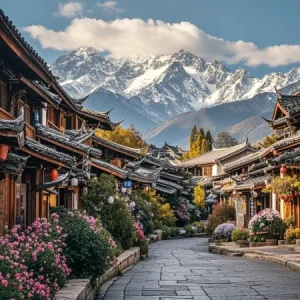
Lijiang Old Town, a UNESCO World Heritage Site, features well-preserved ancient architecture, winding canals, and vibrant Naxi culture, offering visitors a charming blend of history, tradition, and natural beauty.
-300x300.webp)
Jade Dragon Snow Mountain, near Lijiang, is a majestic snow-capped peak with breathtaking glaciers, alpine meadows, and cable car rides, making it a popular destination for hiking, photography, and cultural experiences.
Yunnan cuisine shines in Lijiang with fresh ingredients, bold spices, and ethnic flavors. Try the city’s signature Crossing-the-Bridge Rice Noodles, sizzling Dongba Grilled Fish, and smoky Grilled Baijiang Tofu. Sweet treats like Flower Pastries showcase local roses, while Chickpea Jelly Noodles provide a refreshing summer bite. Night markets brim with skewers, wild mushrooms, and yak specialties, making Lijiang a culinary adventure for curious eaters.
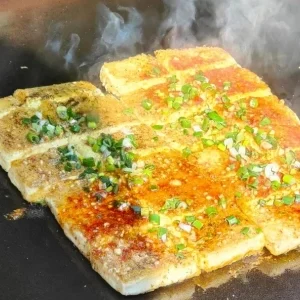
Baijiang Tofu is a famous Yunnan street snack, grilled until golden outside and soft inside, then topped with spicy sauce, garlic, and herbs, offering a smoky, savory, and flavorful taste.
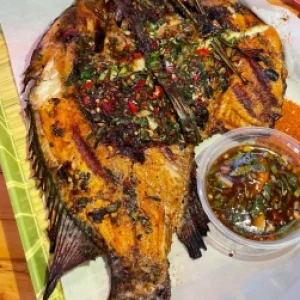
Dongba Grilled Fish, rooted in Naxi culture, is marinated with local spices, grilled over charcoal, and served with chili and herbs, creating a fragrant, crispy, and spicy traditional delicacy.
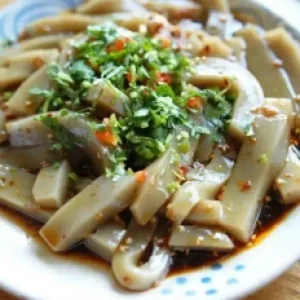
Chickpea Jelly Noodles, a refreshing Yunnan specialty, are made from chickpea starch, sliced into silky strips, and topped with chili oil, vinegar, and herbs for a tangy, spicy summer treat.

Flower Pastry, often filled with rose petals, is a traditional Yunnan dessert with a flaky crust and floral aroma, symbolizing Kunming’s charm and offering a sweet, fragrant taste experience.
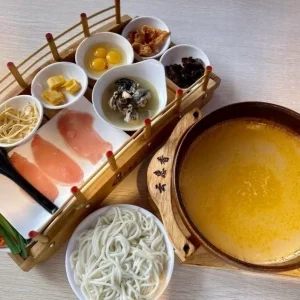
Crossing-the-Bridge Rice Noodles is Yunnan’s most iconic dish, featuring hot broth, tender meat, vegetables, and rice noodles assembled at the table, creating a flavorful, interactive, and heartwarming dining experience.
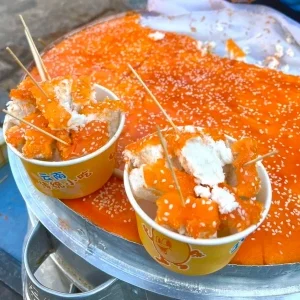
Steamed Rice Cake is a traditional Yunnan snack made from fermented rice, steamed until soft and fluffy, with a light sweetness, often enjoyed as breakfast or festive treat.
Lijiang is compact and best explored on foot within the Old Town, where cars are restricted. Public buses and taxis serve the wider city, while bikes and electric scooters are popular for short distances. Lijiang Sanyi International Airport (LJG) connects the city with major Chinese hubs like Kunming, Beijing, and Shanghai. High-speed trains link Lijiang with Kunming in about 3 hours, offering a convenient way to explore more of Yunnan.
Boutique guesthouses and courtyard inns in Lijiang Old Town let you sleep surrounded by history. Luxury travelers favor resorts with mountain views near Shuhe Ancient Town, blending comfort with cultural charm. Budget travelers find cozy hostels tucked in alleys, while nature lovers often stay near Lugu Lake or Tiger Leaping Gorge for early-morning hikes and serene landscapes.
With its mix of culture, food, and scenery, Lijiang is ideal for both short getaways and deeper explorations. Spend your mornings wandering ancient streets, afternoons hiking snow mountains, and evenings enjoying Naxi music under lantern-lit skies. A visit to nearby villages reveals traditional crafts and warm hospitality, ensuring memories that last long after you leave.
The best times to visit Lijiang are spring (March to May) and autumn (September to November), when the weather is mild, skies are clear, and the landscapes are at their most colorful. Since the city sits at an altitude of about 2,400 meters (7,900 feet), travelers should pace themselves to avoid altitude sickness. While Alipay and WeChat Pay are widely accepted, small shops may still prefer cash, so carrying a few bills is useful. The strong plateau sun makes sunscreen and layered clothing essential, especially with the large temperature difference between day and night. It’s also wise to avoid China’s Golden Week in early October, when attractions across the country, including Lijiang, become very crowded.
Lijiang is a prefecture-level city in Yunnan Province, covering about 20,600 sq km. It is renowned for its UNESCO World Heritage Site Old Town and diverse ethnic culture. The total permanent population is approximately 1.25 million, with the majority being Naxi, Yi, and other minority groups.
Here’s a breakdown by county and district:
Note: Population numbers are based on latest estimates and may vary slightly.
Lijiang has a plateau monsoon climate, featuring mild temperatures year-round, abundant sunshine, and large temperature differences between day and night. It rarely gets too hot or too cold, making it pleasant for travel.
Here’s what to expect month by month:
Best travel season: March to May and September to November, when weather is mild and landscapes are at their most beautiful.
Here are the postal and telephone codes for major districts and counties in Lijiang:
Explore detailed travel guides for China’s most popular cities, covering attractions, local food, accommodations, and transportation tips.

 English (US)
English (US)